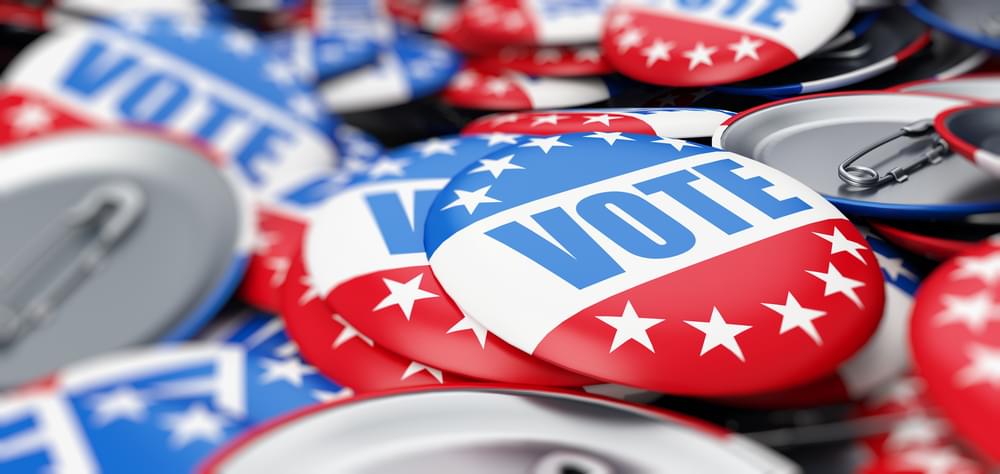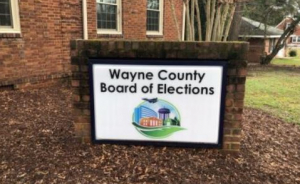Through Wednesday, August 19, Wayne County voters had already submitted 3,143 requests for absentee by-mail ballots for the 2020 general election, an increase of over 700% from this same time in 2016.
“With continued health concerns amid the COVID-19 pandemic, Wayne County voters are increasingly choosing to vote by mail for this election,” said Anne Risku, Wayne County elections director. “Absentee by mail voting in North Carolina is well-established and we’ve scaled up our normal processes to ensure that we are able to handle this increased volume. We’re confident in our ability to serve absentee by mail voters.”
Because of the COVID-19 pandemic, elections officials across North Carolina are preparing for a significant increase in ballots cast by mail in 2020. Wayne County is receiving many questions about the absentee voting process. To help voters understand the process, the State Board released “FAQs: Voting by Mail in North Carolina in 2020.”
Requesting a ballot:
No excuse is needed for voters to request an absentee by mail ballot. Any registered voter in North Carolina may vote by mail. The deadline to request a ballot for the November election is 5 p.m. October 27, 2020. Ballots will start being sent to voters who request them on September 4.
To request an absentee ballot, fill out a 2020 State Absentee Ballot Request Form, available at http://www.waynevotes.com/ or at the Board of Elections office.
Return the completed form to the county board by fax at: (919) 731-1409, by email at: [email protected], by mail, or in person. Starting September 1, 2020, voters will also be able to request a ballot using an online portal. A link to this portal will be made available at http://www.waynevotes.com/.
Completing the ballot:
For the 2020 general election, only one witness is required for an absentee ballot. The voter is required to mark the ballot in the presence of the witness. The witness should not observe so closely that they can see how the voter votes.
Returning the ballot:
For civilian absentee voters, the container-return envelope with the voted ballot enclosed must be returned to the county board of elections by 5 p.m. on Election Day. Absentee ballots received after 5 p.m. on Election Day will be counted if they are postmarked on or before Election Day and received by mail no later than 5 p.m. November 6, three days after the election. Ballots may be returned by mail, hand delivered to the county board of elections, or hand delivered to any One Stop Early Voting location. There will be no drop box option for the return of voted ballots.
Absentee by mail voting security:
Numerous safeguards are ingrained into the absentee voting process. Absentee ballots are sent only to registered voters who request them using an official State Absentee Ballot Request Form.
The request must be signed and include identifying information about the voter, including date of birth and driver’s license number or last four digits of the voter’s Social Security number. Voters must vote their ballot in the presence of a witness, and that witness must sign the absentee return envelope certifying that the voter marked their ballot and is the registered voter submitting the marked ballot.
Only the voter or their near relative or legal guardian may return the ballot. Upon return, the county board of elections reviews the absentee envelope to ensure compliance with the legal requirements. Once the ballot is accepted, that voter is marked in the system as having voted in that election.
Data on who has requested absentee ballots is now confidential until Election Day. Criminal penalties have been increased for absentee voting fraud-related offenses. Many people are watching our absentee voting process, including candidates, political parties, county boards of elections, and political and data scientists. If there are anomalies or questionable activities, they will be reported to election officials.
Finally, the State Board of Elections has an Investigations Division that investigates credible allegations of elections fraud and refers cases to prosecutors when warranted by the evidence. The State Board also conducts several post-election audits which will catch inconsistencies that can then be investigated by the State Board Investigations Division.


